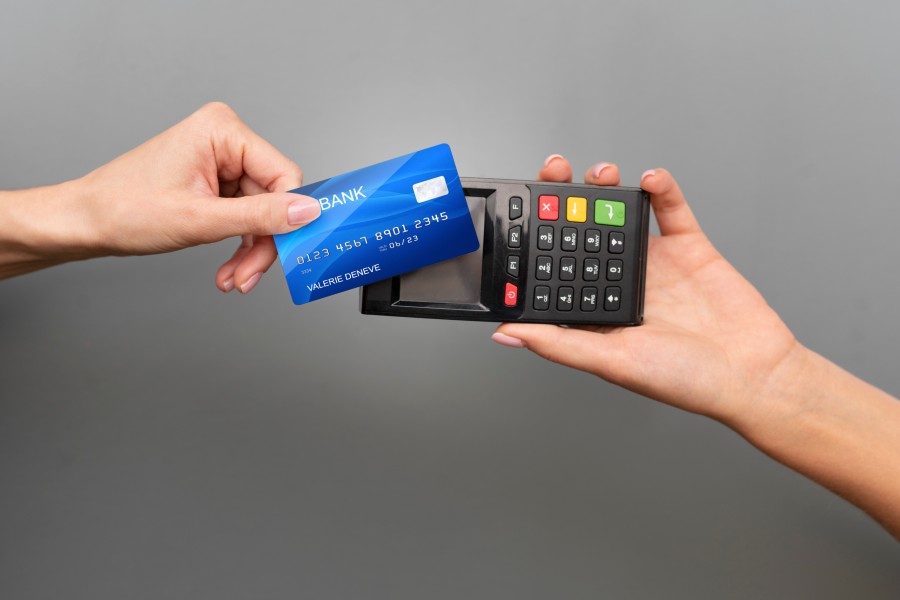When the world has become ultra-advanced, financial literacy has become a critical skill. One way to foster financial responsibility in teenagers is by providing them with add-on credit cards. These teenage credit cards would help them in many ways. So, with this article, let’s explore the pros and cons of add-on credit cards for teens, how they can be used responsibly, and why they might be a good idea. We would also touch on the Airtel Axis Bank Credit Card as an option for teens.
Benefits of Add-On Credit Cards for Teens
1. Financial Literacy
One of the primary benefits of giving teenagers add-on credit cards is the opportunity to teach them financial literacy. Managing a credit card helps teens understand how credit works, including concepts like interest rates, credit limits, and the importance of making timely payments.
2. Building Credit History
Having a credit card early on can help teens start building their credit history. A good credit score is essential for future financial endeavours such as applying for loans or mortgages. By using an add-on credit card responsibly, teens can begin to establish a positive credit history.
3. Responsibility and Independence
Add-on credit cards can foster a sense of responsibility and independence in teenagers. Managing their own finances, even in a limited capacity, can teach them to budget and prioritise their spending. It also prepares them for the financial responsibilities they will face as adults.
4. Monitoring and Control
Parents can monitor their teen’s spending through add-on credit cards, which come with spending limits and detailed statements. This allows parents to guide their teens and ensure they are spending wisely without the risk of accruing significant debt.
Potential Drawbacks of Add-On Credit Cards for Teens
1. Risk of Overspending
One of the main concerns with giving teens credit cards is the risk of overspending. Without proper guidance, teens might be tempted to make unnecessary purchases, leading to debt accumulation. It’s important for parents to set clear spending limits and educate their teens on responsible usage.
2. Lack of Understanding
Teens may not fully grasp the implications of credit card debt and interest rates. This lack of understanding can lead to poor financial decisions. Continuous education and open communication between parents and teens are vital to mitigate this risk.
3. Impact on Credit Score
If a teen mismanages their add-on credit card, it could negatively impact their credit score. Late payments or maxing out the credit limit can harm their credit history. Parents should regularly check the account to ensure it is being managed correctly.
Also Read: What Is A Prepaid Credit Card?
Tips for Responsible Use of Add-On Credit Cards
1. Set Clear Guidelines
Parents should set clear guidelines for their teen’s credit card use. This includes setting spending limits, defining acceptable purchases, and explaining the consequences of misuse.
2. Educate About Interest and Fees
Teens should be educated about how interest and fees work. Understanding these concepts can help them make informed decisions and avoid unnecessary debt.
3. Monitor Spending
Regularly monitoring credit card statements can help parents keep track of their teen’s spending. This also provides an opportunity to discuss any concerning patterns and reinforce responsible habits.
4. Encourage Saving
Alongside using a credit card, parents should encourage their teens to save money. Teaching the importance of saving can help teens balance their spending and build a safety net for future expenses.
Choosing the Best Credit Card for Teens
When selecting a credit card for your teenager, consider options like the Airtel Axis Bank Credit Card. This card offers various benefits, including cashback on transactions and easy monitoring features, making it an excellent choice for teens learning to manage their finances. It’s also a Visa card for teens, ensuring wide acceptance and ease of use.
Conclusion
So, add-on credit cards for teens can be a valuable tool for teaching financial responsibility, building credit history, and fostering independence. However, it’s essential to approach this decision with caution, ensuring teens are adequately educated and monitored.
Also Read: 5 things about credit cards you have got all wrong
FAQs
1. Can teenagers have their own credit cards?
No, teenagers cannot have their own credit cards independently. However, they can be added as authorised users on a parent’s credit card, known as an add-on credit card.
2. What is the best credit card for teens?
The best credit card for teens is one that offers easy monitoring, spending limits, and educational resources. The Airtel Axis Bank Credit Card is a good option due to its benefits and user-friendly features.
3. What are the risks of giving a teenager a credit card?
The main risks include overspending, lack of understanding of credit management, and potential negative impact on their credit score if mismanaged.
4. How can I ensure my teen uses their credit card responsibly?
Set clear guidelines, educate them about interest and fees, monitor their spending regularly, and encourage saving alongside spending to ensure responsible use.




